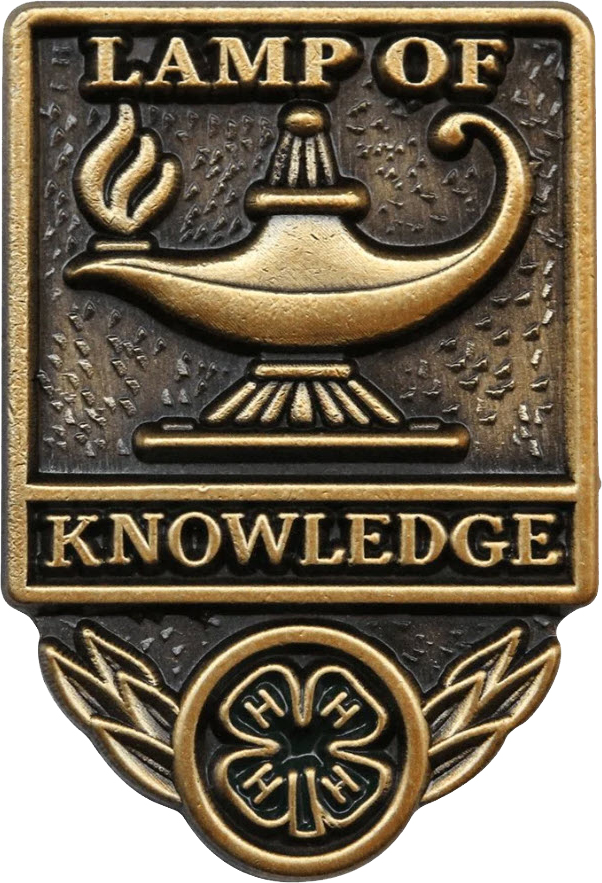Improving Your English Skills
Conversations With Purpose
The Army Method
The “Army Method” of language instruction—more formally known as the Audio-Lingual Method (ALM)—emerged from military language training programs and reflects their pragmatic, efficiency-driven pedagogy. Rooted in behaviorist theory and structural linguistics, this approach emphasizes rigorous oral drills, pattern practice, and repetition to cultivate grammatical accuracy and spoken fluency. By prioritizing auditory and verbal proficiency in the early stages of acquisition, the method intentionally defers the development of reading and writing skills. Its structured repetition has proven effective for foundational linguistic conditioning.
Language Learning vs. Language Acquisition
(based on Dr. Stephen Krashen’s theory)
Learning is conscious — studying grammar rules, memorizing vocabulary, analyzing sentence structure.
Acquisition is subconscious — absorbing language patterns naturally through exposure, repetition, and usage, especially in context.

WHO ARE THE IDEAL STUDENTS FOR MY PROGRAM?
Those who possess an intermediate level of English, who have an understanding of grammar and structure, albeit with limited vocabulary and with few opportunities to interact with native speakers of English.
Employees of companies that maintain business relationships internationally.
Entrepreneurs who interact frequently with customers, partners and vendors overseas.
English language instructors who seek to improve their knowledge of the language and cultural aspects of the United States.
And those who just want to have an uncompromising good chat, with open agenda.

WHAT WILL I ASK OF YOU?
Staying informed about international news, particularly on complex political and cultural issues in English-speaking countries, is of paramount importance. Engaging with authentic content, such as YouTube videos from reputable media outlets presented in their original language, can provide invaluable insights.
While Standard American English is often regarded as the dominant form, it is crucial to recognize that the United States comprises 50 states, each contributing its own distinct linguistic nuances. These regional variations of English—marked by unique accents, slang, and colloquialisms—can both captivate and bewilder. As you traverse the country, from the bustling metropolises to the tranquil towns of the Great Plains or the majestic wilderness of the Rocky Mountains, you may encounter a remarkable linguistic diversity that simultaneously fascinates and challenges comprehension.
Consider, for example, your native language, such as Brazilian Portuguese, with its vast array of accents, idiomatic expressions, and the vivid language found in its literature. This linguistic richness is not exclusive to Brazil. In the United States, the mosaic of immigrant cultures has cultivated an extraordinary blend of linguistic and cultural phenomena, creating a dynamic complexity that is nothing short of extraordinary.
I hope you will be first one to rate my ability to help you feel more confident of your English. Thanks, Partner! Your last name will be omitted.
Full Name
Job Title
I hope you will be first one to rate my ability to help you feel more confident of your English. Thanks, Partner! Your last name will be omitted.
Full Name
Job Title
I hope you will be first one to rate my ability to help you feel more confident of your English. Thanks, Partner! Your last name will be omitted.
Full Name
Job Title

